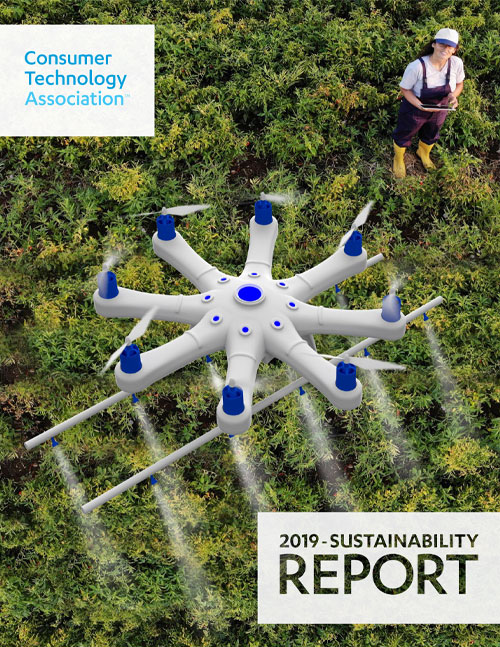Enabling Smart Cities &
Resilient Technologies

Smart city technologies have successfully helped address issues such as congestion and traffic management, parking optimization, pedestrian safety and homelessness. With a majority of the world’s population now residing in cities, the pressure on most cities as they plan the next decade of their development is not just infrastructural, but also one of connectivity, convenience and sustainability. A smart city is more livable, more sustainable, more resilient. And a robust network underlies the effectiveness of it all.
AT&T
Take water for example. In the U.S., water utilities are responsible for providing 322 billion gallons of potable water to customers every day. To maintain clean and safe water supplies, they have to take water storage tanks out of service every few years for inspections. AT&T discovered that if water utilities joined drones and remotely operated vehicles (ROVs) with secure AT&T Internet of Things (IoT) connectivity and a video analysis platform, they could keep their tanks in service, reduce inspection time and avoid unnecessary risk of injury. Even if utilities used this method to inspect only 10% of the water tanks in the U.S., they could save about 1 billion gallons of water, reduce greenhouse gas (GHG) emissions by roughly 2,000 metric tons of CO2e and lower inspection costs by approximately $12 million every year.
In 2018, AT&T also began a partnership with the city of Los Angeles to plan its digital future. The partnership includes exploring the deployment of a variety of Smart Cities solutions ranging from digital kiosks to structural monitoring to digital infrastructure.
Verizon
Verizon’s Intelligent Lighting Platform helps cities save energy by converting LED fixtures into sensor-equipped smart devices that capture and transmit data in real time. With the platform, cities can remotely operate lights, individually or by group, or program them to turn on, off or dim, based on proximity sensor data or pre-set definitions. That means lights are on when and where they’re needed, helping to both decrease energy costs and increase safety. And with City Hub, cities can further connect to more IoT solutions on an adaptable and easy-to-use cloud-based platform.
Volta
Volta, which was founded in 2010 to promote electric transportation, has been creating a network of electric vehicle (EV) charging stations across the country – and these stations have become the most heavily used in the industry. Supported by advertising and brand partnerships, the Volta network provides free charging for EV drivers at nearly 800 locations, from Hawaii to New York.


Oxicool
A growing number of companies are focusing on adding resiliency to existing technologies by equipping them with new features to keep the world healthy, safe, warm, powered, fed and secure in the face of adversity. Take, for example, Oxicool, which has developed air conditioning technologies that can be applied to an array of applications in both the commercial and military spaces, resulting in significantly lower operating and maintenance costs of air conditioning. The company’s TruckCool technology provides stable performance over longer run times for trucks than the competition, and with lower operating costs.
NanoScent
Then there is NanoScent, a patented scent recognition platform that is used by industrial plants to detect and prevent potentially disastrous leaks of toxins into the environment. Currently piloting its platform in healthcare, the utilities and automotive sectors are already starting to use NanoScent’s intelligent platform to help prevent environmental disasters.

